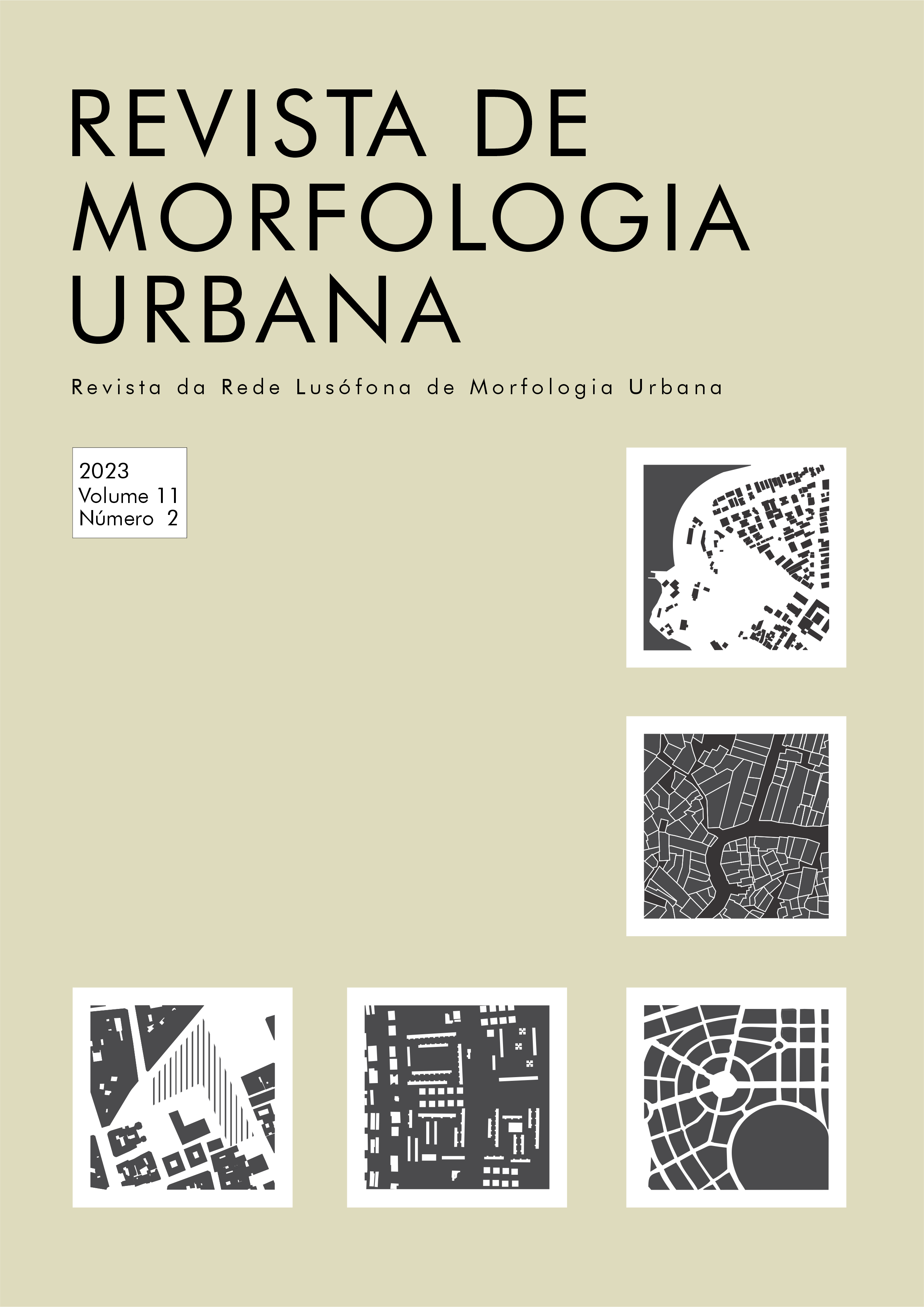Abstract
In urban society, cities are configured as economic hubs and have a strong tendency towards metropolization, forming sprawling and polynucleated urban fabrics. The multiple centralities resulting from the urban expansion process are generally established in the most accessible places in the settlements. Florianópolis, capital of the state of Santa Catarina, Brazil, presents a growth process like other Brazilian cities. During the last decades, the municipality stands out in administrative, tourist and technological activities. The increase in economic dynamics caused the conurbation among the urban fabrics of São José, Palhoça and Biguaçu, which made this the main urban agglomeration in the state. The dispersed urban fabric is organized over a rugged relief, composed by the continental and the island portions, where centralities with different functionalities are consolidated. In this way, this paper identifies and categorizes the centralities of the Florianópolis Urban Agglomeration. The Space Syntax Theory, particularly the variable called integration value, made possible to survey the most accessible areas of the settlement and, with it, identify potential centralities. Then, these areas were evaluated based on secondary attributes related to centralities: land use, demographic density and copresence. It was found which regions of the urban fabric present qualities of centrality, being them categorized as main center, morphological center, subcenters and specialized centers.
References
Almeida, I.T.L. (2020) “Centralidade urbana: uma caracterização na Área Conurbada de Florianópolis”, dissertação não-publicada, Universidade Federal de Santa Catarina, Brasil.
Bueno, A.P.; Reis, A.F.; Saboya, R.T. (2017) Sintaxe Catarina (Editora da UFSC, Florianópolis).
Hillier, B. (1999) “Centrality as a process: accounting for attraction inequalities in deformed grids” Urban Design International 4(3&4),107-127. https://doi.org/10.1057/udi.1999.19
Hillier, B.; Hanson, J. (1984) The social logic of space (Cambridge University Press, Cambridge).
Hillier, B.; Penn, A.; Hanson, J.; Grajewski, T.; Xu, J. (1993) “Natural Movement: or, Configuration and Attraction in Urban Pedestrian Movement” Environment and Planning B: Planning and Design 20. https://doi.org/10.1068/b200029
Hillier, B.; Burdett, R.; Peponis, J.; Penn, A. (1987) “Creating life: or, does architecture determine anything?” Architecture et Comportement/ Architecture and Behaviour 3 (3), 233-250.
Holanda, F. (2010) Brasília: cidade moderna, cidade eterna (FAU-UnB, Brasília).
IBGE - Instituto Brasileiro de Geografia e Estatística (2010) Censo 2010 (IBGE, Rio de Janeiro).
IBGE - Instituto Brasileiro de Geografia e Estatística (2020) Regiões de influência das cidades (IBGE, Rio de Janeiro).
IBGE – Instituto Brasileiro de Geografia e Estatística (2022) Censo 2022 (IBGE, Rio de Janeiro).
Krafta, R. (2014) Notas de aula de morfologia urbana (Editora da UFRGS, Porto Alegre).
Lefèbvre, H. (1999) A revolução urbana (Editora UFMG, Belo Horizonte).
Leitoles, M.L. (2016) “Permanências e transformações no espaço público: o caso da Rua XV de Novembro em Curitiba”, dissertação não-publicada, Universidade Federal de Santa Catarina, Brasil.
Medeiros, V.A.S. (2013) Urbis brasiliae: o labirinto das cidades brasileiras (EdUnB, Brasília).
Reis, A.F. (2012) Ilha de Santa Catarina: permanências e transformações (Editora da UFSC, Florianópolis).
Sposito, M. E. B. (1991) “Estruturação urbana e centralidade” Encuentro de geógrafos de América Latina (anais), 44-55, Toluca, México.
Ugalde, C.M. (2013) “Movimento e hierarquia espacial na conurbação: o caso da Região Metropolitana de Porto Alegre”, tese não-publicada, Universidade Federal do Rio Grande do Sul, Brasil
Vargas, H.C. (1992) Comércio: Localização estratégica ou estratégia na localização?, tese não-publicada, Universidade de São Paulo, Brasil.
Villaça, F. (1998) Espaço intraurbano no Brasil (Studio Nobel, São Paulo).

This work is licensed under a Creative Commons Attribution 4.0 International License.
Copyright (c) 2024 Igor Tadeu Lombardi de Almeida, Almir Reis


